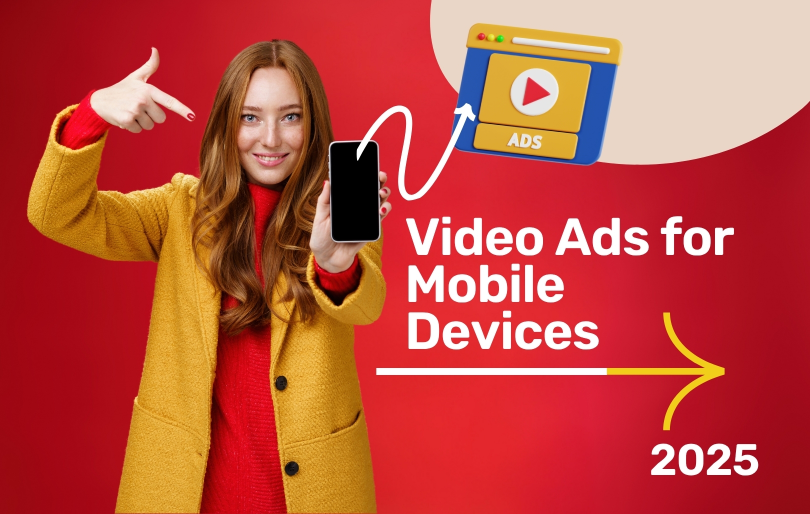Optimizing Video Ads for Mobile Devices: Proven Techniques for 2025 Success
In a world where mobile devices dominate our screens, optimizing video ads for this platform is no longer optional—it’s essential, especially when you explore Adzeem video production services. the right strategies can turn potential viewers into loyal customers. But what makes a video ad truly stand out on mobile? It’s all about maximizing your reach through engaging content, precise targeting, and seamless user experience. In this article, we’ll explore actionable tips that will help you create compelling video ads tailored for mobile audiences. From crafting captivating stories to selecting the perfect visuals, you’ll learn how to elevate your advertising game, ensuring your message not only reaches but resonates with viewers. Prepare to unlock the full potential of your video campaigns, driving engagement and conversions like never before!
Understanding the Importance of Mobile Video Ads
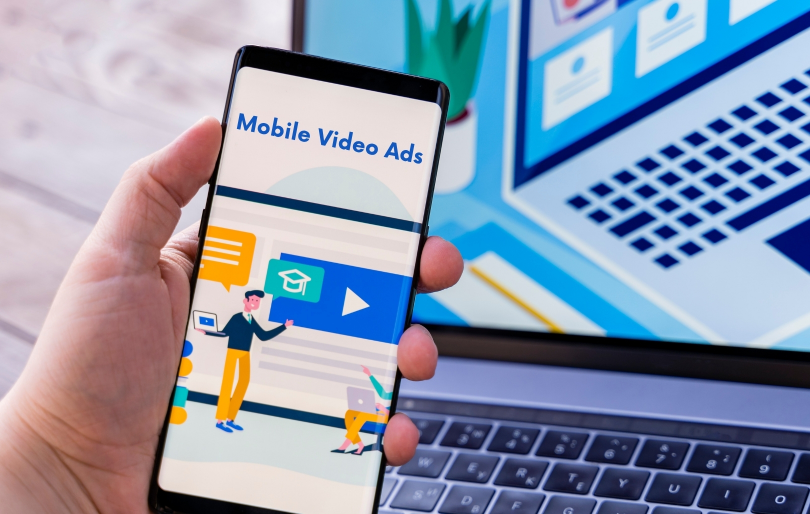
In today’s digital age, the prevalence of mobile devices cannot be overstated. With smartphones and tablets becoming an integral part of daily life, the way we consume content has fundamentally shifted. Video ads, in particular, have seen a significant transition from traditional mediums to mobile platforms. This shift is not just a trend but a reflection of changing consumer behavior. As more individuals rely on their mobile devices for entertainment, information, and social interaction, brands must adapt their advertising strategies to stay relevant.
The importance of mobile video ads lies in their ability to reach a vast and engaged audience, a point reinforced in our guide on how AR and VR are shaping digital marketing. Unlike desktop or television, mobile devices offer a more personal and immediate connection to viewers. This intimate medium allows advertisers to deliver tailored messages directly to their target audience’s fingertips. Moreover, with the increasing screen time on mobile devices, advertisers have a greater opportunity to capture attention and drive engagement. The portability and accessibility of mobile devices mean that video ads can be consumed anywhere, at any time, making them a powerful tool for reaching on-the-go consumers.
Furthermore, mobile video ads provide a unique interactive experience that traditional advertising methods cannot match. Features such as touch screens, motion sensors, and augmented reality open up new possibilities for creative and immersive ad experiences. These interactive elements not only enhance user engagement but also leave a lasting impression on viewers. By leveraging the capabilities of mobile devices, brands can create memorable and impactful ads that resonate with their audience. As the digital landscape continues to evolve, the importance of optimizing video ads for mobile devices will only grow, making it a crucial aspect of any successful marketing strategy.
Key Statistics on Mobile Video Consumption
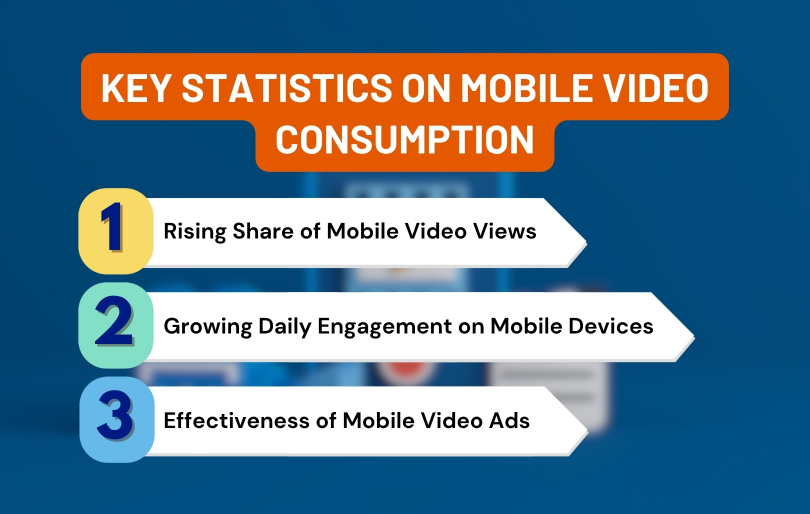
Understanding the importance of mobile video advertising starts with examining the data that reveals just how deeply mobile devices have become embedded in our viewing habits. These statistics make a compelling case for prioritizing mobile-first video strategies.
Rising Share of Mobile Video Views
Recent studies show that more than 75% of all video views now take place on mobile devices. This shift demonstrates a clear user preference for watching videos on smartphones and tablets rather than on traditional desktop computers or televisions. The trend toward mobile-first consumption highlights the necessity for marketers to design their video content with mobile audiences in mind to maximize reach and effectiveness.
Growing Daily Engagement on Mobile Devices
The time people spend watching videos on their phones has seen a dramatic increase, with users averaging over an hour per day consuming video content on mobile devices. This surge in engagement is driven by the convenience and flexibility of mobile viewing—people watch videos during commutes, while waiting in line, or relaxing at home. Social media platforms such as YouTube, Instagram, and TikTok have capitalized on this trend, making video consumption central to their user experience.
Effectiveness of Mobile Video Ads
Mobile video ads have proven to be especially effective in capturing and retaining audience attention. Research indicates that mobile video ads achieve a 27% higher view-through rate compared to desktop ads, meaning viewers are more likely to watch these ads to completion on their phones. Additionally, Mobile video ads deliver higher click-through and conversion rates, as shown in our analysis of effective Google Ads advertising techniques. These insights highlight the critical importance of optimizing video ads for mobile to take full advantage of a highly engaged audience.
Best Practices for Video Ad Creation
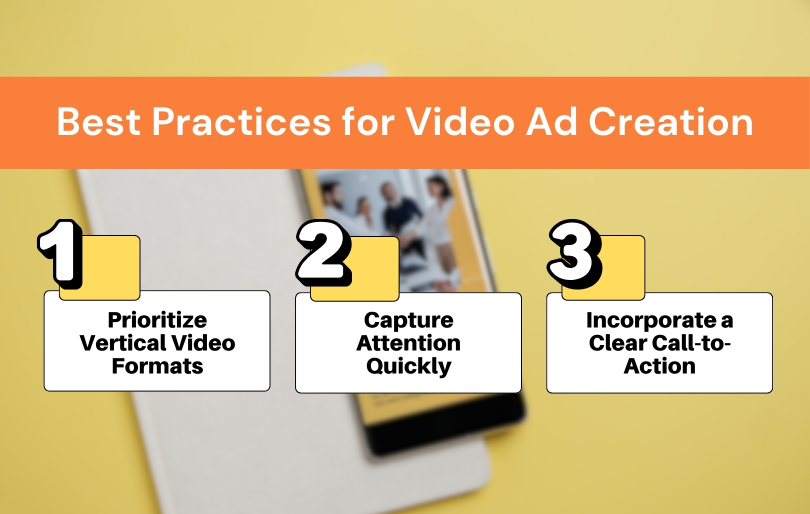
Developing effective video ads for mobile devices requires thoughtful planning that accounts for how people actually use their smartphones and tablets. These best practices can help ensure your ads capture attention and drive results.
Prioritize Vertical Video Formats
Mobile devices are typically used in a vertical orientation, so designing video ads in vertical formats is essential. Vertical videos fill the entire screen, delivering a more immersive and engaging experience that feels natural to users. By maximizing screen real estate and matching the way people hold their phones, vertical video ads can better capture and retain viewer attention.
Capture Attention Quickly
Mobile users often have short attention spans and may be multitasking while watching videos. To make an impact, it’s critical to grab their attention within the first few seconds. This can be done through striking visuals, compelling storytelling, or provocative questions that immediately engage viewers. Additionally, using captions or text overlays ensures your message gets through even when the sound is off, which is common for mobile viewing.
Incorporate a Clear Call-to-Action
A strong call-to-action (CTA) is vital for guiding viewers toward your desired outcome, whether that’s visiting a website, downloading an app, or making a purchase. Your CTA should be clear, prominent, and easy to follow. It’s also important to keep the overall video concise and direct. Mobile users appreciate brevity, so delivering your message quickly increases the likelihood of them watching to the end and taking action, especially when guided by strategic CTA placement in PPC ads. By following these best practices, you can create mobile video ads that not only look great but also drive meaningful engagement.
Choosing the Right Video Format for Mobile
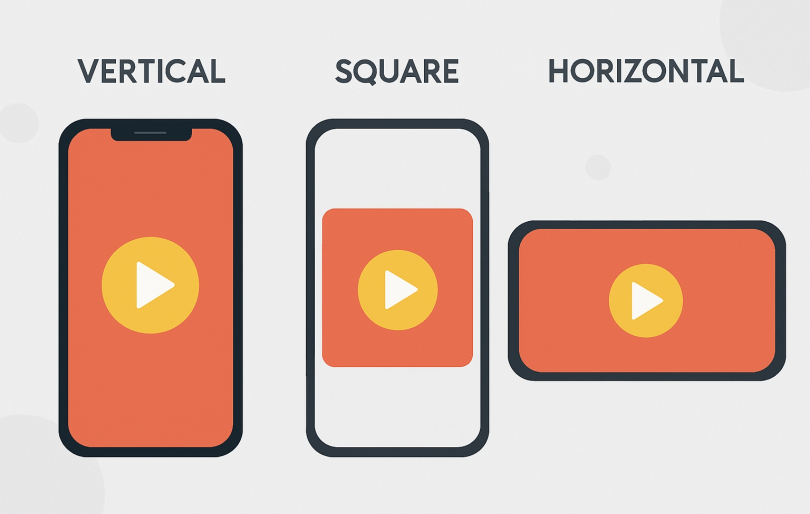
Selecting the appropriate video format is crucial when optimizing ads for mobile devices. Different platforms and audiences may require different formats, and understanding these nuances can significantly impact the success of your campaign. One of the most popular formats for mobile video ads is the vertical video. As mentioned earlier, vertical videos align with the natural orientation of mobile devices, providing a full-screen experience that captivates viewers. This format is particularly effective on social media platforms like Instagram Stories and Snapchat, where users expect and engage with vertical content.
Square videos are another effective format for mobile video ads. They offer a versatile solution that works well across various platforms, including Instagram, Facebook, and Twitter. Square videos take up more screen space than traditional horizontal videos, making them more visually appealing and engaging. This format is especially useful for platforms that display videos in feeds, as it ensures your content stands out among other posts. Additionally, square videos are easy to create and repurpose, making them a cost-effective option for advertisers.
For platforms like YouTube and other video-sharing sites, horizontal videos remain relevant. However, it’s essential to optimize these videos for mobile viewing by ensuring they are high-quality and visually compelling. Consider using a 16:9 aspect ratio to fit most mobile screens and maintaining a resolution that looks crisp on smaller displays. Regardless of the format you choose, it’s important to test and analyze the performance, as we detailed in our piece on top 2024 video production apps. This allows you to identify which formats resonate best with your audience and make data-driven decisions to optimize your campaigns.
Crafting Compelling Video Content

Creating engaging video content is at the heart of any successful mobile video ad campaign. The first step in crafting compelling content is to understand your audience and tailor your message to their interests and preferences. Conduct thorough research to identify the demographics, behaviors, and pain points of your target audience. This insight will help you create content that resonates with viewers and addresses their needs. Personalization is key, as it makes your audience feel seen and understood, increasing the likelihood of engagement.
Storytelling is a powerful tool in video content creation. A well-crafted story can evoke emotions, capture attention, and leave a lasting impression on viewers. Start by defining the core message you want to convey and build a narrative around it. Consider using relatable characters, real-life scenarios, or emotional triggers to connect with your audience on a deeper level. Keep the storyline simple and focused, ensuring it aligns with your brand’s values and objectives. Remember, the goal is to create a memorable experience that encourages viewers to take action.
Visual and auditory elements play a crucial role in enhancing the appeal of your video content. High-quality visuals, vibrant colors, and dynamic animations can make your ad more visually appealing and engaging. Similarly, the use of music, sound effects, and voiceovers can add depth and emotion to your story. Ensure that all elements are cohesive and complement each other to create a seamless viewing experience. Additionally, consider the mobile viewing environment and optimize your content for smaller screens. This includes using larger fonts, clear imagery, and concise text to ensure your message is easily understood, even on the go.
The Role of Thumbnails and Titles in Engagement

Thumbnails and titles are often the first impression viewers have of your video ad, making them critical components in driving engagement. A well-designed thumbnail can capture attention and entice viewers to click on your video. To create an effective thumbnail, use high-quality images that are relevant to the content of your video. Choose visuals that are bright, clear, and visually appealing. Including a human face, especially one that expresses emotion, can also increase click-through rates as it creates a more personal and relatable connection with viewers.
In addition to visuals, the use of text in thumbnails can further enhance their effectiveness. Incorporate concise and compelling text that highlights the key message or benefit of your video ad. Use bold and legible fonts to ensure the text is easily readable on smaller screens. Keep the text short and to the point, avoiding clutter and ensuring it complements the overall design of the thumbnail. A well-crafted thumbnail not only grabs attention but also provides a preview of what viewers can expect, increasing the likelihood of engagement.
Titles are equally important in capturing viewer interest and driving clicks. A compelling title should be clear, concise, and informative. It should accurately reflect the content of your video while piquing curiosity. Use action-oriented language and power words to make your title more engaging. Additionally, consider incorporating keywords that are relevant to your audience and the message of your video. This not only helps with search engine optimization (SEO) but also ensures your video reaches the right viewers. By optimizing thumbnails and titles, you can significantly enhance the visibility and engagement of your mobile video ads.
Optimizing Video Length for Mobile Viewers
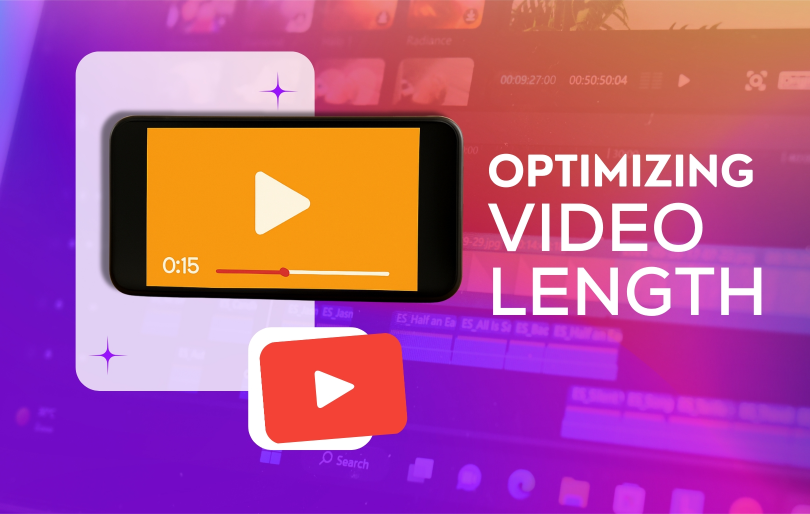
When it comes to mobile video ads, length matters. Mobile users are often short on time and have limited attention spans, making it crucial to deliver your message quickly and efficiently. Research indicates that the optimal length for mobile video ads is between 15 to 30 seconds. This duration is long enough to convey your core message while short enough to maintain viewer interest. Keeping your videos concise ensures that viewers are more likely to watch the entire ad, increasing the chances of engagement and conversion.
To make the most of this limited time, focus on delivering a clear and compelling message from the very beginning. Capture attention within the first few seconds by showcasing the most important information upfront. Avoid lengthy introductions or slow build-ups, as mobile viewers are quick to skip or scroll past ads that don’t immediately capture their interest. Use a strong hook, such as an intriguing question, a surprising fact, or a captivating visual, to draw viewers in and encourage them to keep watching.
It’s also important to consider the context in which your video ad will be viewed. Mobile users often consume content on the go, in environments with distractions and interruptions. This means your video ad should be easily understandable, even without sound. Use captions, text overlays, and clear visuals to ensure your message is communicated effectively, regardless of the viewing conditions. Additionally, test different video lengths and formats to determine what resonates best with your audience. By optimizing the length and content of your video ads, you can create a more engaging and impactful experience for mobile viewers.
Analyzing Performance Metrics for Mobile Video Ads

To truly maximize the effectiveness of your mobile video ads, it’s essential to continuously analyze performance metrics and make data-driven decisions. Key performance indicators (KPIs) such as view-through rates, click-through rates, and conversion rates provide valuable insights into how your ads are performing and where improvements can be made. Monitoring these metrics allows you to identify which aspects of your video ads are resonating with viewers and which areas need optimization.
View-through rate (VTR) is a critical metric that measures the percentage of viewers who watch your video ad to completion. A high VTR indicates that your content is engaging and holding the audience’s attention. If your VTR is low, consider revising your content to make it more captivating and relevant to your audience. Click-through rate (CTR) measures the percentage of viewers who click on your ad after watching it, a key KPI we covered in creating SEO reports for clients. A high CTR suggests that your ad is compelling and effectively driving user action. If your CTR is low, evaluate your call-to-action and ensure it’s clear, prominent, and enticing.
Conversion rate is another important metric that measures the percentage of viewers who complete a desired action, such as making a purchase or signing up for a service, after interacting with your ad. A high conversion rate indicates that your video ad is not only engaging but also effective in driving results. If your conversion rate is low, consider optimizing your landing page or refining your targeting strategy to reach a more relevant audience. Additionally, monitor other metrics such as engagement rate, bounce rate, and ad recall to gain a comprehensive understanding of your ad performance. By regularly analyzing and optimizing your performance metrics, you can continually improve the effectiveness of your mobile video ads.
Future Trends in Mobile Video Advertising
As technology continues to evolve, so too will the landscape of mobile video advertising. One of the emerging trends is the increasing use of augmented reality (AR) and virtual reality (VR) in video ads. These immersive technologies offer a unique and interactive experience that can capture attention and engage viewers in new and exciting ways. AR and VR video ads allow users to interact with products or environments in a virtual space, providing a more experiential and memorable connection with the brand. As AR and VR technology becomes more accessible, we can expect to see more brands incorporating these elements into their mobile video ad campaigns.
Another trend shaping the future of mobile video advertising is the rise of shoppable videos. Shoppable videos integrate direct purchasing options within the video content, allowing viewers to buy products seamlessly without leaving the platform. This trend is particularly prominent on social media platforms like Instagram and TikTok, where users can click on products featured in the video and make a purchase instantly. Shoppable videos streamline the customer journey and reduce friction, making it easier for viewers to convert from passive viewers to active buyers. As consumer demand for convenience continues to grow, shoppable videos will play a significant role in mobile video advertising.
Personalization and data-driven advertising will also continue to be key trends in the future of mobile video ads. Advances in artificial intelligence (AI) and machine learning enable advertisers to deliver highly personalized and relevant content to their audience. By leveraging data on user behavior, preferences, and interactions, brands can create tailored video ads that resonate with individual viewers. This level of personalization enhances the viewer experience and increases the likelihood of engagement and conversion. As AI technology continues to advance, we can expect even more sophisticated and effective targeting and personalization capabilities in mobile video advertising. Embracing these future trends will be essential for brands looking to stay competitive and maximize their reach in the ever-evolving digital landscape.
